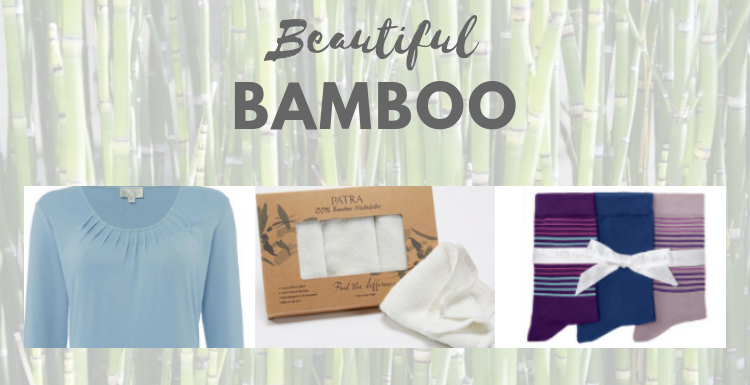Recommended Advice To Selecting Merino Wool Base Layers
Wiki Article
What Makes Yak Merino Such A Good Base Layer For Winter Sports Clothing For Reasons Such As Warmth/Temperature Regulation And Moisture Management?
Yak Merino Wool Base Layers excel in winter sports clothing due to factors that enhance the heat, temperature control, comfort and durability.
Insulating Properties- Both yak and merino wool are naturally insulating properties. Yak's hollow fibers are able to trap air and give great warmth. Merino Wool is famous for its superior insulation.
Regulates body temperature - The fabric is breathable and helps maintain body temperature by retaining heat in cold temperatures.
Moisture Management-
Merino wool is a natural moisture wicker. Its properties disperse moisture and prevent sweat from getting accumulated. Yak wool also helps to move moisture around and keeps the wearer dry and comfortable when engaged in intense physical activities.
Comfort-
Softness Merino wool is known for its fine, soft fibers, which are gentle on the skin and less likely to cause irritation. Yak wool also has a soft fibre that enhances comfort.
Odor Resistance - Both kinds of wool have antimicrobial qualities, which reduces the spread and growth of bacteria that cause odors. This helps keep the clothing fresh.
Durability-
Strength and Resistant- Yak Wool is strong and durable by nature, and when coupled with the incredibly resilient merinowoo, it will become strong and resistant ideal for sports that require a lot of effort.
Natural Fiber Benefits-
Yak, merino, as well as other renewable fibers are environmentally friendly.
These wools possess an inherent flexibility that permits the use of these wools under a variety of weather conditions.
The combination of yak and merino wool enhances the benefits of each fabric, resulting in an excellent fabric for giving warmth, controlling temperatures, controlling humidity, providing comfort and being sturdy. The yak-merino blend base fabric is ideal for winter sports clothes. It can be utilized for outdoor activities in colder climates. It also keeps people dry and comfortable. See the recommended merino wool base layer for website advice including best baselayers for skiing, merino 250 base layer, smartwool quarter zip, heavyweight merino wool base layer, skiing base layers, 100 merino wool base layer, merino wool long johns, warmest base layer for skiing, merino wool first lite, smartwool merino 250 and more.

What Are The Advantages Of Wearing Bamboo Clothes In Terms Of Softness As Well As Antibacterial Properties As Well As Durability And Renewable?
Bamboo clothes are soft and durable. It is renewable, long-lasting, and also antibacterial.
The silky and soft texture is often compared with luxurious materials like cashmere or silk. It's soft and smooth against your skin, and offers a comfortable wearing experience.
Antibacterial Properties
Bamboo is a natural antimicrobial known as "bamboo Kun." This property can help to prevent the growth of odor-causing bacteria and fungi on the fabric, making it fresher for longer periods and decreasing the need for frequent washing.
Durability-
Strongness- Bamboo fibers are tough and durable, despite their softness. Bamboo clothing is impervious to tearing and wear. This makes bamboo the ideal material for many kinds of activities.
Renewability-
Rapid Growth: Bamboo is a resource that is fast growing and does not require pesticides. It can reach maturity within just a few years, which makes it accessible for sustainable harvesting, and reduces the environmental impact of cultivating.
Sustainability-
Sustainable production- Bamboo processing and cultivation typically produces less impact on the environment than synthetic materials. Bamboo is sustainable due to its rapid growth rate, the fact that it needs little water, and because it can be grown in a wide range of climates.
Biodegradability-
Bamboo's natural breakdown breaks down naturally at the end of its life. This can reduce the amount of non-biodegradable materials in landfills.
Hypoallergenic Qualities
The less irritation Bamboo fabrics tend to be less prone to allergies and irritations to the skin than other synthetic materials. This is why it is the ideal choice for skin with sensitive issues.
The combination of softness and antibacterial properties, as well as durability, renewability, and sustainability makes bamboo clothing an appealing option for those who want comfort, practical, and environmentally friendly apparel. These attributes make for a pleasant experience in wearing the clothes and are in keeping with ecological principles. Follow the best bamboo clothings examples for blog advice including boody bamboo underwear, bamboo fabric clothing, childrens bamboo socks, bamboo shorts, freefly hoodie, ladies bamboo pants, kate quinn bamboo, bamboo trousers women, bamboo shorts mens, bamboo newborn clothes and more.

What Is The Difference Between Merino And Bamboo Clothing Compare With Regular Wool?
Merino Wool, Bamboo Clothing, and Regular Wool have distinctive characteristics that make them distinctive.
Softness Merino is renowned for its fine soft fibers that are easy to wear. It's less likely to cause itching and irritation than wool that is traditionally sourced from sheep.
Merino wool is great at drying out moisture, which allows it to evaporate. The wearer is cool and comfortable.
Merino is a natural insulation that provides extraordinary warmth even when wet. It regulates body temperature, providing warmth in cold temperatures and breathability to avoid overheating in the course of exercise.
Odor Resistance - It's an anti-bacterial ingredient in nature that inhibits bacteria growth, keeping clothing fresh and smells good even after long wear.
Bamboo Clothing
Its softness. Bamboo clothes are often similar in texture to silk and cashmere. It's a gentle material that provides a comfortable wearing experience.
Bamboo fabric is a moisture wicker that means it draws away moisture from your skin while keeping you dry while exercising.
Temperature Regulation- Bamboo clothing has natural temperature-regulating abilities, offering warmth in winter and breathability to prevent overheating.
Sustainability- Bamboo is a very renewable resource, and it grows rapidly, without the need of fertilizers or pesticides. It's biodegradable, and has a very low environmental impact.
Regular Wool
Texture: Wool has a variety of textures, with certain types being more coarse and more susceptible to itching or discomfort.
Warmth- Regular wool provides great insulation and warmth, but it can also appear heavy or bulky.
Absorption of Moisture - Wool may absorb moisture, which makes it less effective in wicking away moisture when compared with merino wool or bamboo fabric. It still retains warmth in damp conditions.
Summary The softness of Merino Wool makes it odor and odor resistant. It also offers exceptional moisture wicking. Bamboo clothing features a silky airy feeling. It also regulates temperature and is environmentally friendly. Regular wool comes in a variety of textures, may not offer as much softness or moisture wicking properties as merino or bamboo clothes, however they will provide warmth and insulation. Each material has its unique advantages, catering to various needs and preferences for winter wear. Check out the top rated merino winter clothing recommendations for site examples including ski thermal underwear, merino wool ski base layer, merino wool underwear womens, wool underlayer, 100 merino wool base layer, best thermals for skiing, best mid layer skiing, icebreaker baselayer, smartwool quarter zip, smartwool merino base layer and more.
